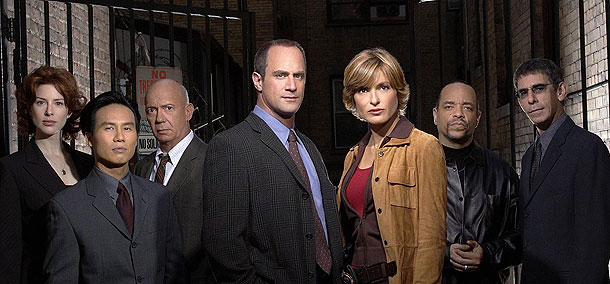Muted Group Theory
The muted group theory discussed by Cheris Kramarae refers to the societal undermining of women. Kramarae continues to define the muted group as “people belonging to low power groups who must change their language when communicating publicly, thus, their ideas are often overlooked.” In many cases in modern America, we see women forced to take different approaches to gaining respect than men of an equal of even lesser status. Men respond when women either teeter on the verge of friendly flirting, not demand respect from a far. A good example of this would be the movie Honey. In this movie the main character Honey is a up and coming dancer from the streets of NY. Her agent keeps on promoting her as an artist until finally he makes his move on her and she denies him. Once she does this, he pulls all of her shows and she is no longer able to remain a dancer. However, eventually she goes back to the agent and fulfills his wishes in order to pursue her career as a dancer.






